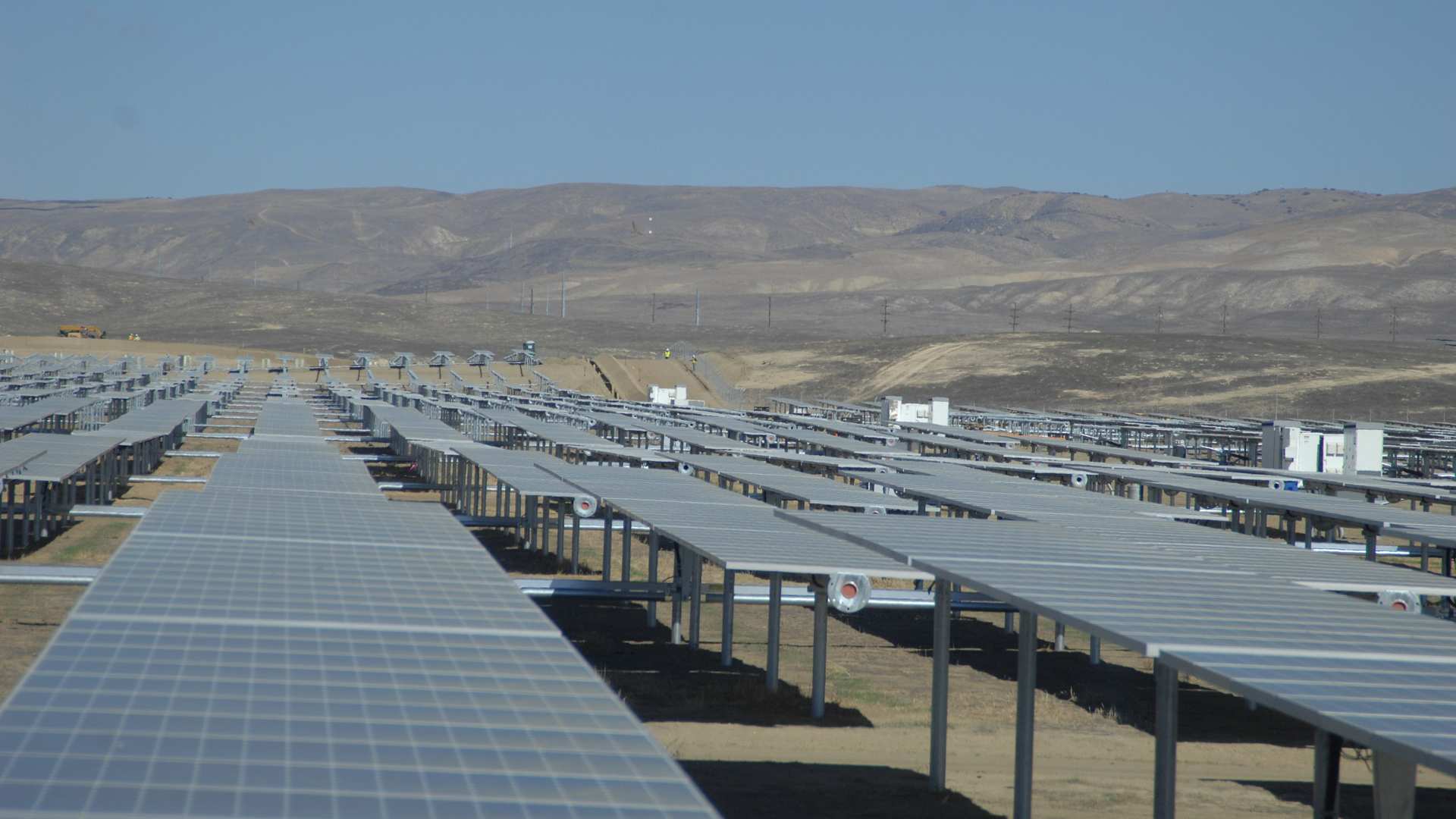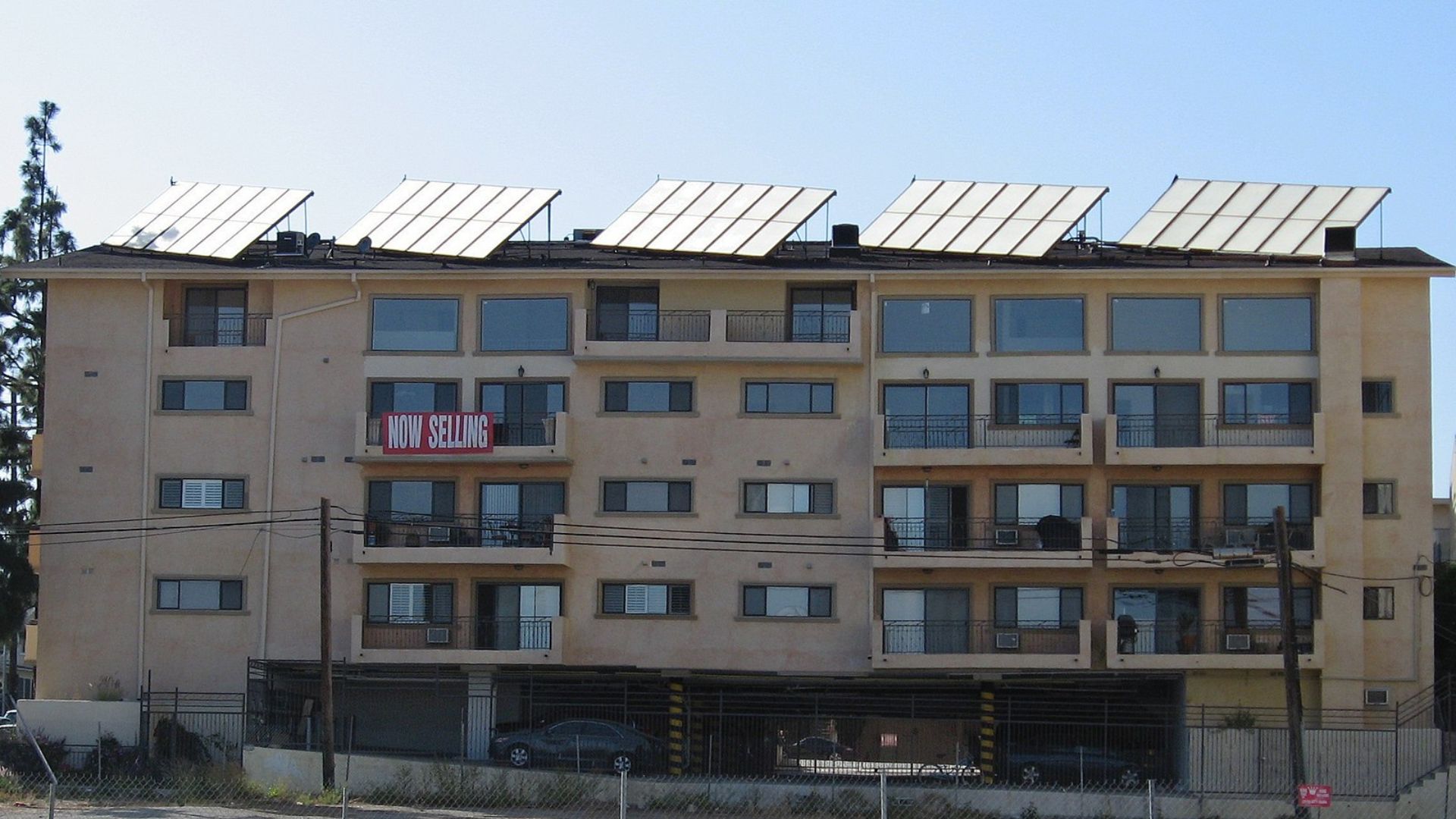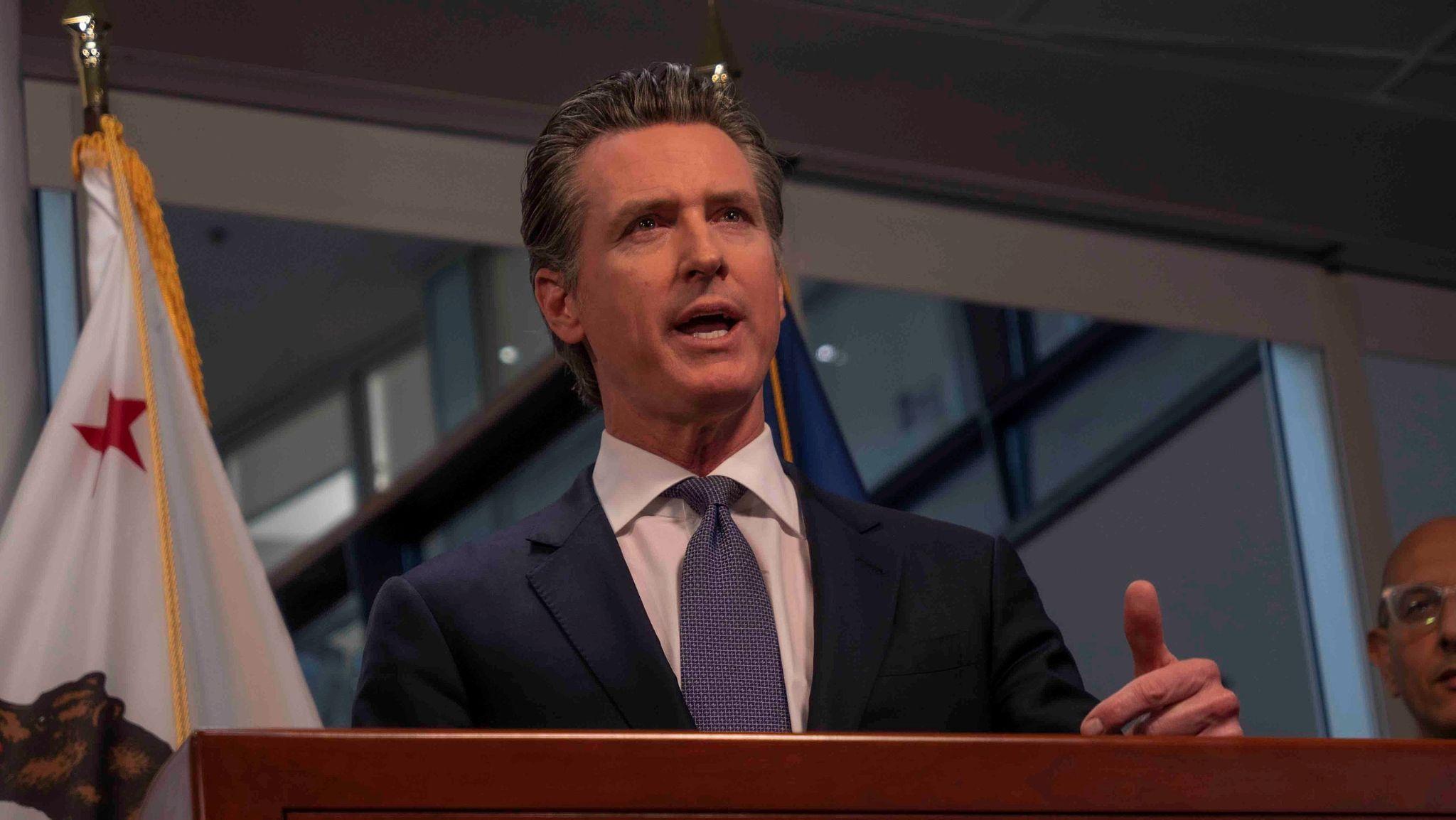California has long been a leader in promoting solar energy, but recent regulatory changes are raising concerns about the future of solar incentives.
With new rules adopted by the California Public Utilities Commission (CPUC), the landscape for community solar projects is set to change significantly, potentially impacting access to solar energy for low-income residents.
New Rules Adopted by CPUC

The CPUC adopted new rules for community solar projects, supported by the state’s largest utility companies. The new rules aim to preserve and expand solar programs but also reduce future compensation for solar providers.
This reduction in incentives could potentially hinder the growth of new solar projects, affecting California’s renewable energy goals.
Impact on Low-Income Customers

Community solar projects are essential for renters and homeowners who can’t afford rooftop panels. The new rules may undermine efforts to expand solar options for low-income customers.
These projects are part of California’s strategy to run the power grid entirely on renewable energy, making it crucial to support accessible solar solutions for all residents.
Details of the New Rules

The CPUC’s 3-1 ruling allows ratepayers to subscribe to community solar projects with a 20% rate reduction. However, the new formula reduces the value of distributed small-scale renewable energy.
This change provides less incentive for new community solar projects, potentially slowing the growth of solar energy in California.
Federal Funding and Future Concerns

Currently, subsidies for community solar projects are supported by a $250 million grant from the federal Solar For All program.
Advocates like Derek Chernow are concerned about the sustainability of these initiatives once this funding runs out. Relying on one-time money poses a risk to the long-term success of solar programs.
Missed Opportunities in Battery Storage

Critics highlight the lack of a requirement for battery storage systems in community solar projects as a missed opportunity.
Battery storage would allow solar power to be used after sunset, maximizing the benefits of solar energy. Including storage systems could enhance the efficiency and reliability of solar projects.
Cost Shift and Fairness Arguments

CPUC President Alice Reynolds addressed the issue of “cost shift,” where subsidies for community solar projects are seen as costs borne by all ratepayers.
This fairness argument has been used to justify reducing subsidies in recent decisions. Balancing the costs and benefits of solar incentives remains a contentious issue.
Historical Changes to Solar Incentives

Late last year, the CPUC overhauled incentives for solar installations in apartment buildings, schools, and businesses.
In late 2022, they also reduced payments to homeowners for excess power from new solar panels. These changes continue a trend of reducing financial incentives for solar energy in California.
Reaction from Solar Advocates

The Solar Energy Industries Association and other advocates argue that the CPUC’s recent decisions threaten California’s clean energy progress. They call on Governor Newsom and state leaders to intervene.
Ensuring the sustainability and expansion of solar programs is critical for meeting the state’s renewable energy goals.
Legislative Opposition

During the CPUC hearing, Assemblymember Christopher Ward and Senator Josh Becker expressed their opposition to the new rules.
They argued that the decision does not reflect legislative intent and could discourage new community solar projects. Ensuring that policies align with legislative goals is vital for the success of solar initiatives.
Commissioner’s Dissent

Commissioner Darcie Houck dissented from the decision, arguing that it doesn’t go far enough to benefit low-income communities.
She believes the new rules will disincentivize solar adoption and hinder a just and equitable energy transition. Supporting underserved communities is crucial for an inclusive approach to renewable energy.
Looking Ahead

While the new rules have been adopted, the debate over California’s solar incentives is far from over. Advocates continue to push for policies that expand access to renewable energy and ensure a sustainable, equitable energy future for all Californians.
The future of solar energy in California depends on finding a balance between incentives and cost management.
